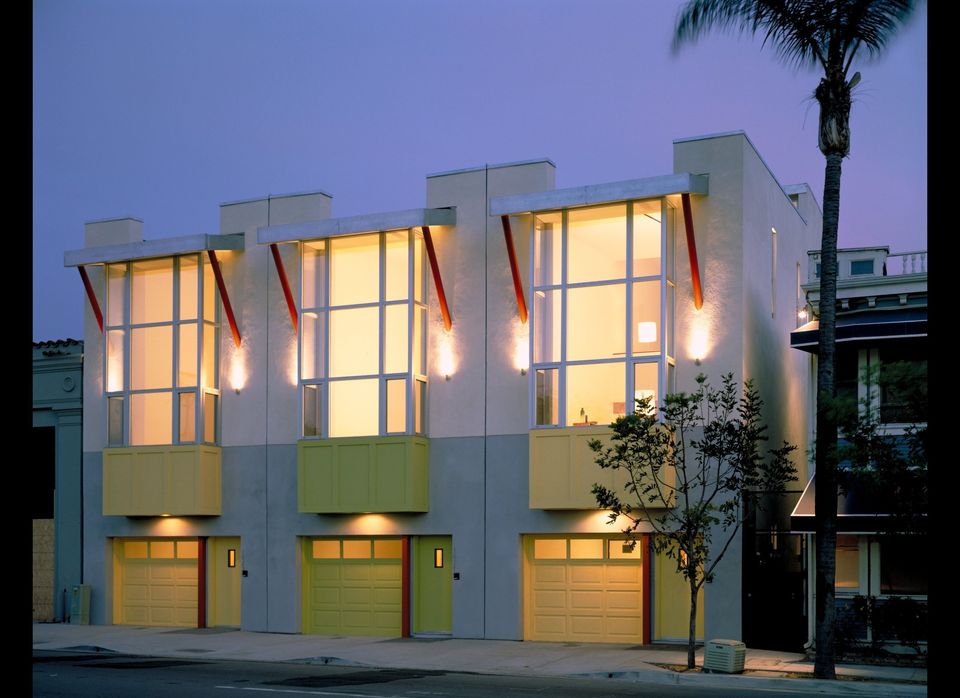If you’re considering moving, downsizing or building a home in retirement, you’ll find plenty of inspiration in the new book “Unassisted Living: Ageless Homes For Later Life” by architects Wid Chapman and Jeffrey Rosenfeld.
“Unassisted Living” feature 33 homes for baby boomers -- ranging from single-family to apartments to getaway cottages, built over the past dozen years. They vary widely in location, style, size and cost, but share an open and contemporary feel, flooded with natural light and crafted with natural materials such as wood and stone. Simultaneously minimalist and warm, these dwellings were built with both longevity and vitality in mind – but barely hint at the special accommodations typically required by age.
“Boomers have gone through life being rebels,” said Rosenfeld. “They are aware of their coming frailties, but they are thumbing their noses at some of the rules.” For instance, Rosenfeld interviewed the director of a geriatric program at a major hospital who specifically asked for stairs in his retirement home. “If anyone should know the challenges of age it would be this person, but he said, ‘How will I get exercise if I have no stairs in my home?’”
The notion of being challenged by one’s home is taken to a conceptual extreme in a project called “Bioscleave” in East Hampton, New York. Designed by Madeline Gins and Shusaku Arakawa, the home looks more like a child’s playset, with vibrant colors, floors textured like a lunar landscape and unexpected twists, turns and sloping spaces. Not even the light switches are where they’re supposed to be. Outside, the grounds are literally a maze.
Bioscleave is an example of a philosophy called “reversible destiny” –- the idea that a steady decline in faculties from midlife onward is not inevitable. “It’s all about a home that is intentionally disorienting,” said Chapman. “You need to think about finding your way through the home.”
Chapman admits there’s a “healthy element of denial" at work: "Boomers are in good health and many of them are not fully addressing these issues.” Some homeowners included shafts for future elevators and space for bathroom grab bars; one designed a pool cabana that could be converted into a caretaker’s cottage.
“No generation has ever placed such contradictory demands on later-life housing,” the authors write. In their interviews with homeowners and architects, the authors discovered three main priorities in a retirement home.
“Many people wanted to stay connected to children, grandchildren and friends; stay fit and healthy; and be involved in a combination of work and leisure pursuits,” said Rosenfeld. “I didn’t hear people say, ‘I want to leave it all behind me.’ Many were planning to continue their careers in a new form -- working from home or as a consultant or doing volunteer work related to their careers.”
In addition, post 50s want homes that balance privacy and connection -- the cozy master suite as well as flexible, separate quarters to host adult children, aging parents or visiting friends. Sustainability is another priority. “It’s the first aging population that had any social interest in green design and an understanding of climate change,” said Chapman. Homeowners put a premium on sustainable materials and energy-efficient systems.
“Boomers are transformative,” said Rosenfeld. “The life span is lengthening and the whole experience of later life is changing, and they are making an impact on how we live our later years. We wanted to celebrate that."
Check out the slideshow for seven unique homes from “Unassisted Living.”
